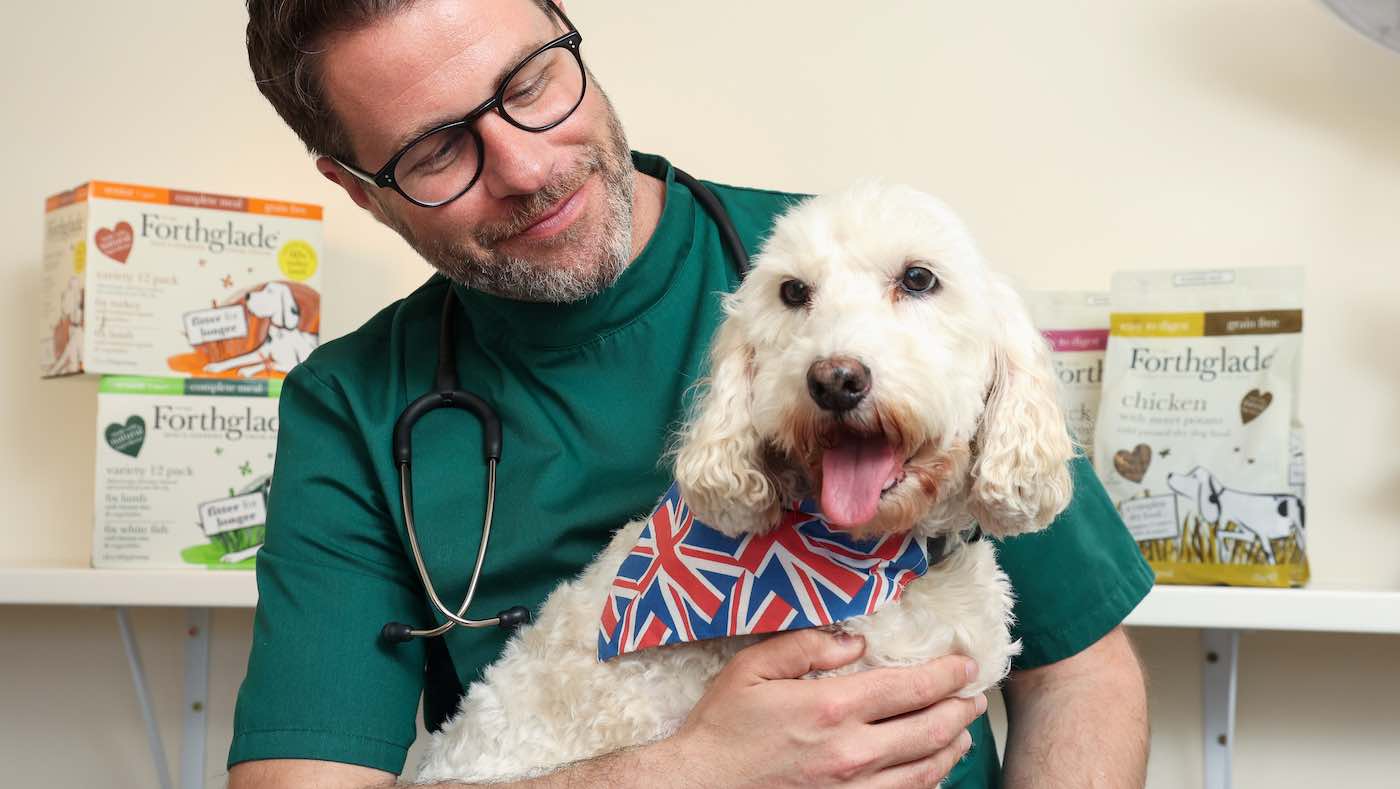
To mark National Pet Week which begins May 7, a pair of dog experts compiled the top things you should and shouldn’t be doing with your senior pooches—including, keeping them mentally stimulated, but not expecting them to run for more than 60 minutes.
A dog’s life cycle runs much quicker than a human’s, so older pups may not be able to keep up with their owner’s multi-mile walks. The same goes for expecting them to run long distances or climb steps with slippery flooring.
A survey of 2,000 dog owners, commissioned by Forthglade (a British company that makes natural dog food) found that 43 percent believe you can’t teach an old dog new tricks.
But veterinarian Dr. James Greenwood and dog behaviorist Caroline Wilkinson agree that teaching your old dog new tricks is a great idea when it comes to keeping your pet healthy–and their brains active—in their golden years.
Mental Health
“It’s absolutely possible to teach an old dog new tricks, to keep it mentally stimulated later in life, and reduce cognitive decline,” said Wilkinson, who believes a dog is considered senior when they’re 8-10 years old.
“We know that half the time spent on mental activity is just as stimulating for your dog as double the time on physical activity, and so this is a really easy way to keep their life enriched and happy as they get older.”
Respondents in the poll listed the top ways they spend ‘quality time’ with their dog: 65 percent cited playing games, 55 percent said taking their dog to their favorite walking spots and 53% said treating their pup to their favorite foods.
Exercising
When it comes to exercise, a quarter of dog owners believe elderly dogs should be walked for 30 minutes a day on average, according to the survey by market research company OnePoll.
Dr. Greenwood confirmed that as a dog ages, it’s important to keep them moving, but only within their individual capabilities.
“If stiff joints or mobility problems do start to become an issue, speaking to a vet should always be the first step, as lots can be done to keep older dogs mobile”.
Diet
Wilkinson says a nutritious diet should be at the top of the list for senior dog care, yet 37% of those polled feel unsure if they should even change their dog’s diet as it ages.
“Like us humans, not only does a diet boost their long-term health physically, but the stomach is the second brain, so it also affects how the dog is feeling. A healthy diet helps with everything from energy to play and good behavior, right through to improving sleep.”
Look for natural dog foods made specifically for elderly canines.
DOs and DON’Ts For Elderly Dogs
DO: Keep an eye out for any changes to your dog both physically but also mentally—anything that differs from the norm.
DON’T: Put your own agenda and lifestyle before the dog. Ensure their walks are tailored to their age and try and minimize drastic changes to their lifestyle or routines.
DO: Remember your dog’s abilities may be changing. Older dogs may struggle on hardwood floors and steps for example, so putting runners and rugs down will help them with mobility.
MORE DOG POLLS: Vast Majority of Dog Owners Believe They Can Read Their Pooch’s Mind
DON’T: Don’t dismiss an older dog by presuming they don’t want to still be active, or thinking that once an old dog gets a condition, we can’t do anything with them anymore.
DO: Keep their brain active by engaging with them in simple training exercises, which could have both a physical and mental element. Consider teaching these tricks (and use healthy treats as a reward for completing the task):
• Running through your legs
• Speaking
• High five or waving
• Dancing – great for dogs with wiggly butts
• Shaking with its paw
• Walking backwards
• Putting away their toys
• Bowing down
CONSIDER Sharing This Advice With Aging Pets and Their Owners…



















